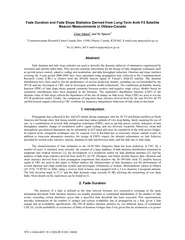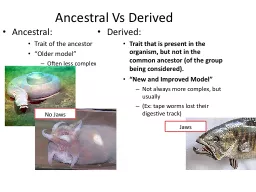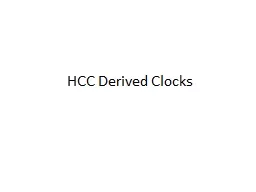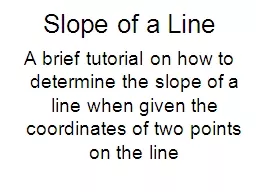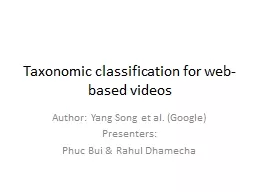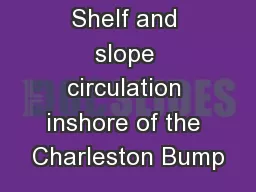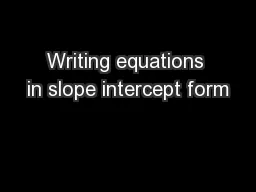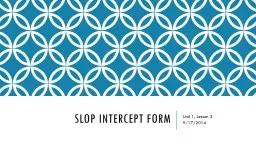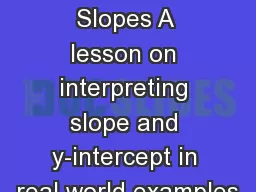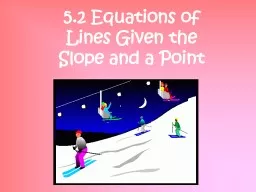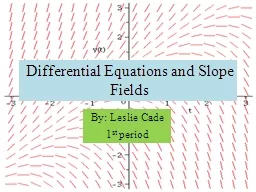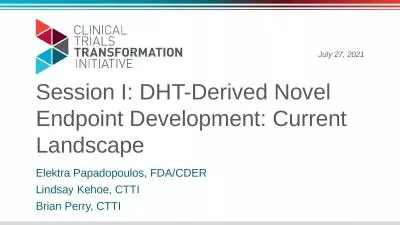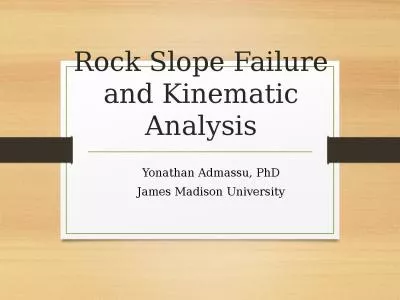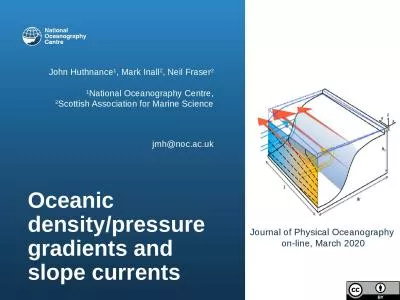PDF-Fade Duration and Fade Slope Statistics Derived from L
Author : sherrill-nordquist | Published Date : 2015-06-16
Introduction 2 Fade Duration 9781424460519112600 575132011 IEEE brPage 2br D V V D V V Model ITUR DH COST 205 CRC Fade Duration s 10 10 10 10 10 Pd 001 01 10 30
Presentation Embed Code
Download Presentation
Download Presentation The PPT/PDF document "Fade Duration and Fade Slope Statistics ..." is the property of its rightful owner. Permission is granted to download and print the materials on this website for personal, non-commercial use only, and to display it on your personal computer provided you do not modify the materials and that you retain all copyright notices contained in the materials. By downloading content from our website, you accept the terms of this agreement.
Fade Duration and Fade Slope Statistics Derived from L: Transcript
Download Rules Of Document
"Fade Duration and Fade Slope Statistics Derived from L"The content belongs to its owner. You may download and print it for personal use, without modification, and keep all copyright notices. By downloading, you agree to these terms.
Related Documents

